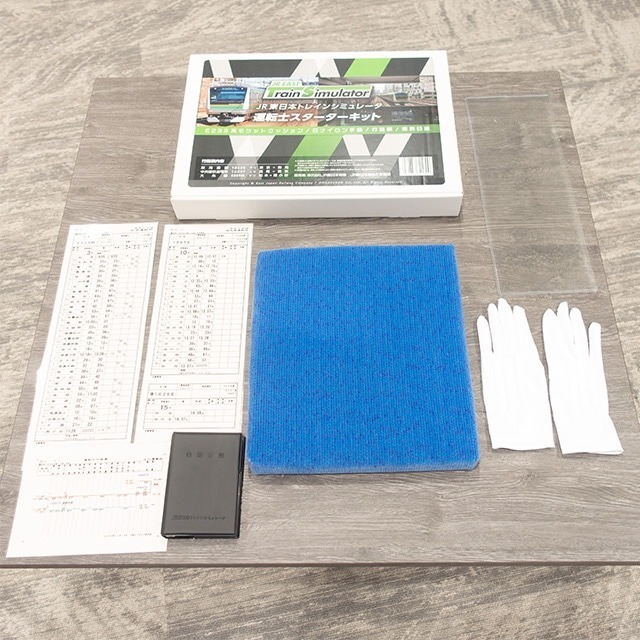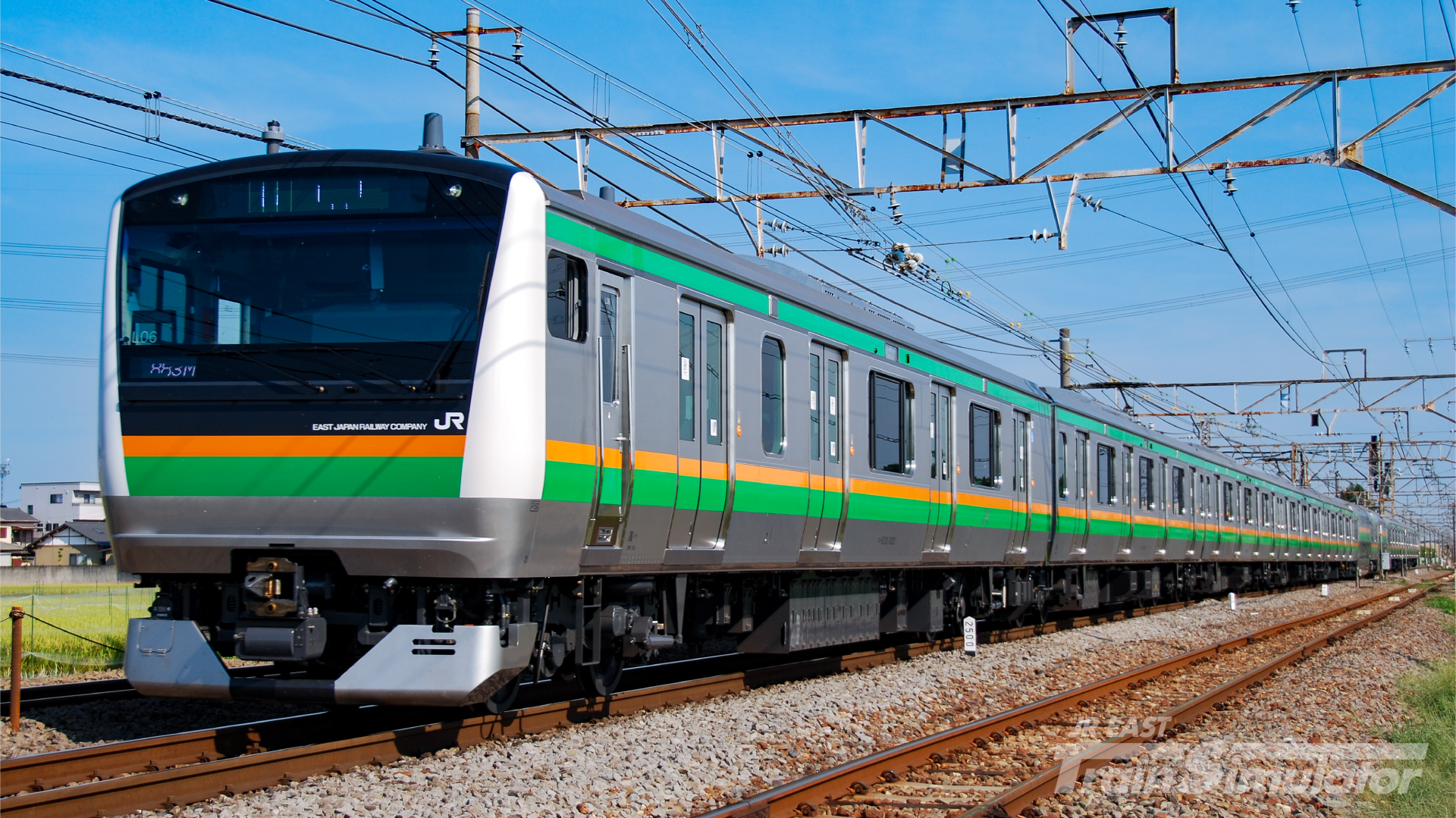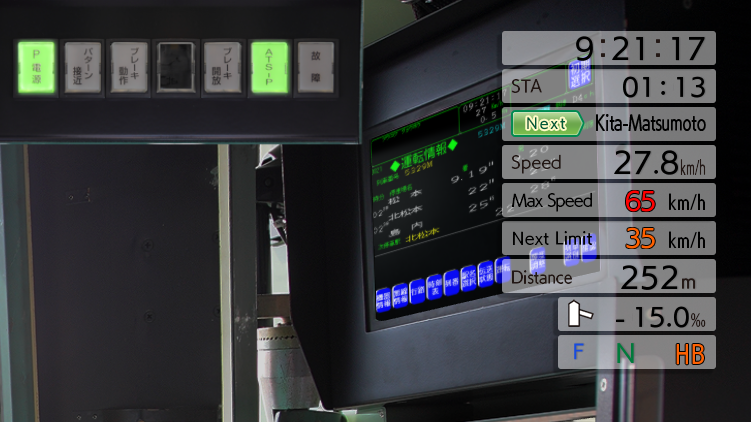
Feb 26, 2024
The Shell Part I: Inferno - KanjiSuki
The Shell Part II: Purgatorio is coming to Steam this year!
Wishlist now ➡
https://store.steampowered.com/app/2712550/The_Shell_Part_II_Purgatorio/?curator_clanid=35756289ABOUT THIS GAME
A historical detective visual-novel sequel to The Shell Part I: Inferno that spans Japan's pre-war and post-war eras to present a decades-spanning mystery.- 5+ hours of story
- Multiple endings
- Full Japanese voice acting by seasoned professionals
- Fully remastered with new HD assets






















